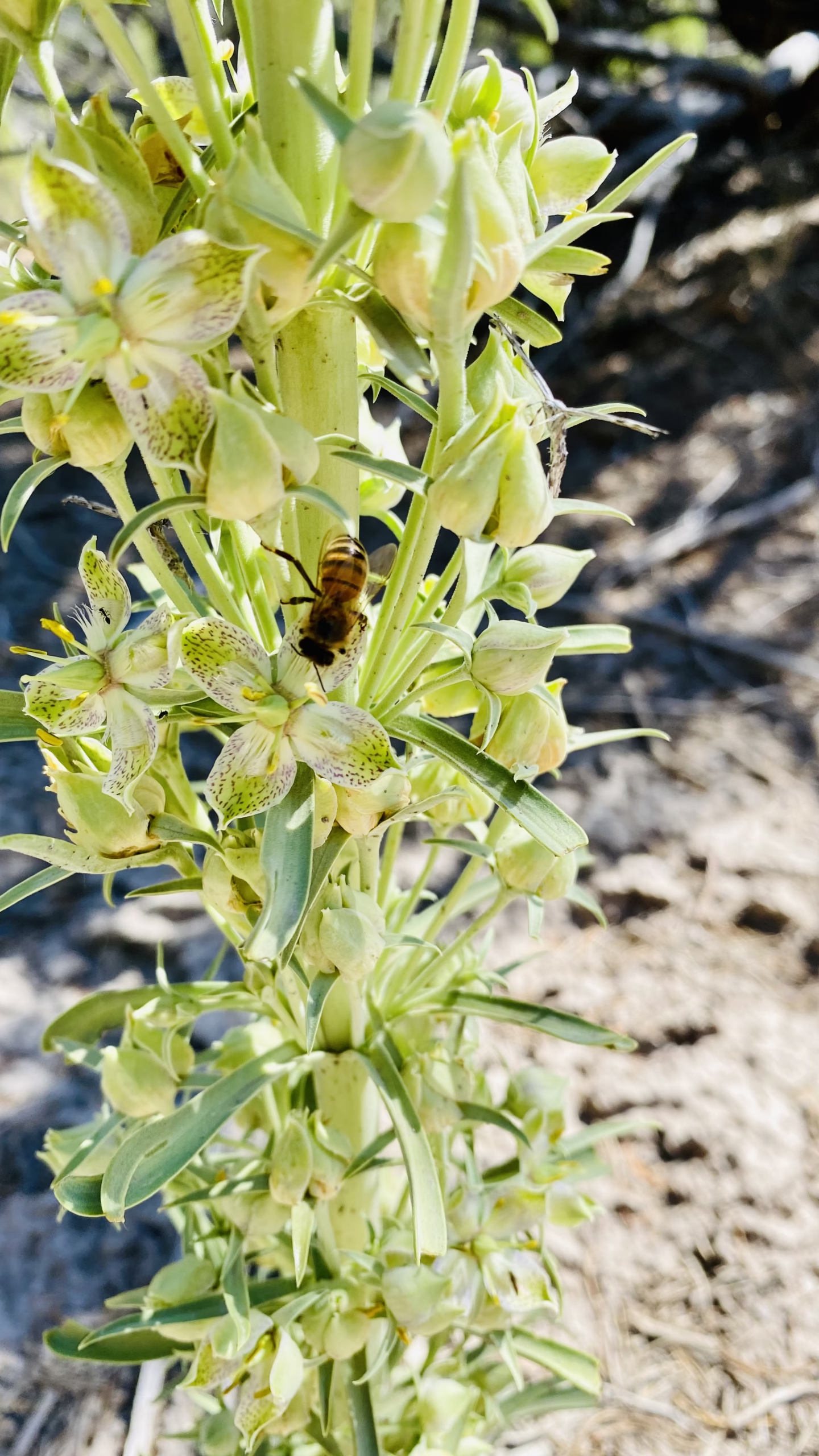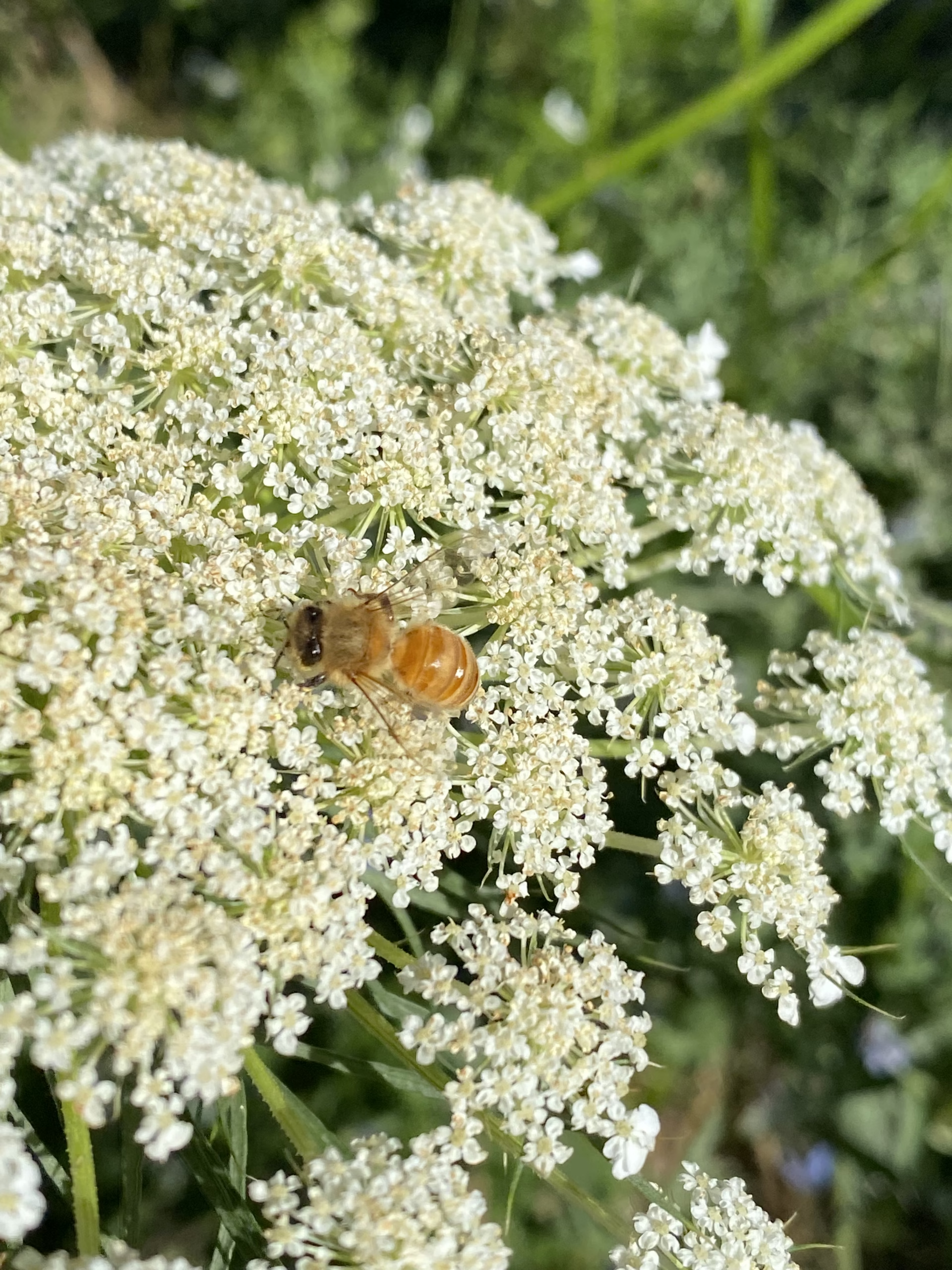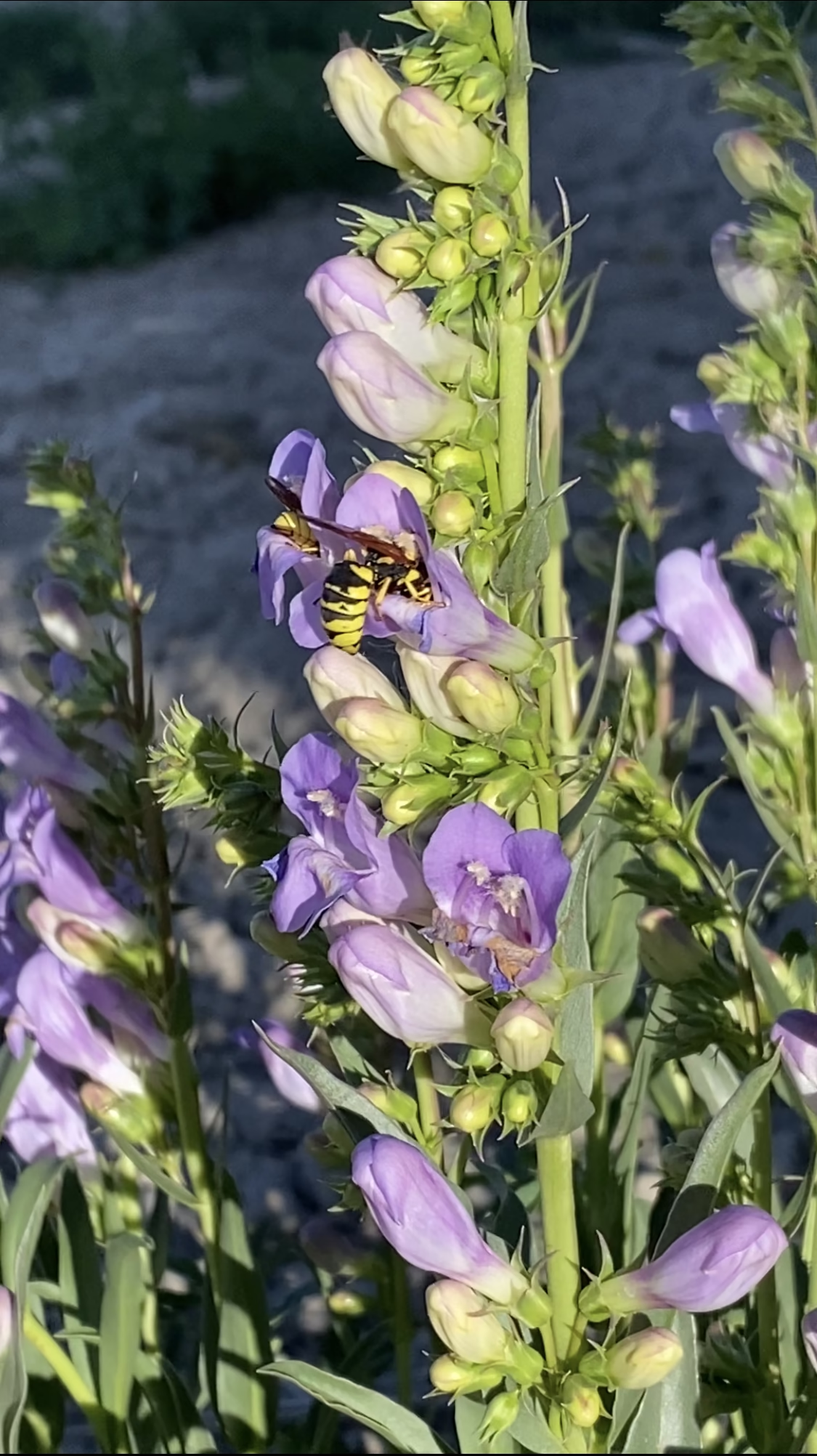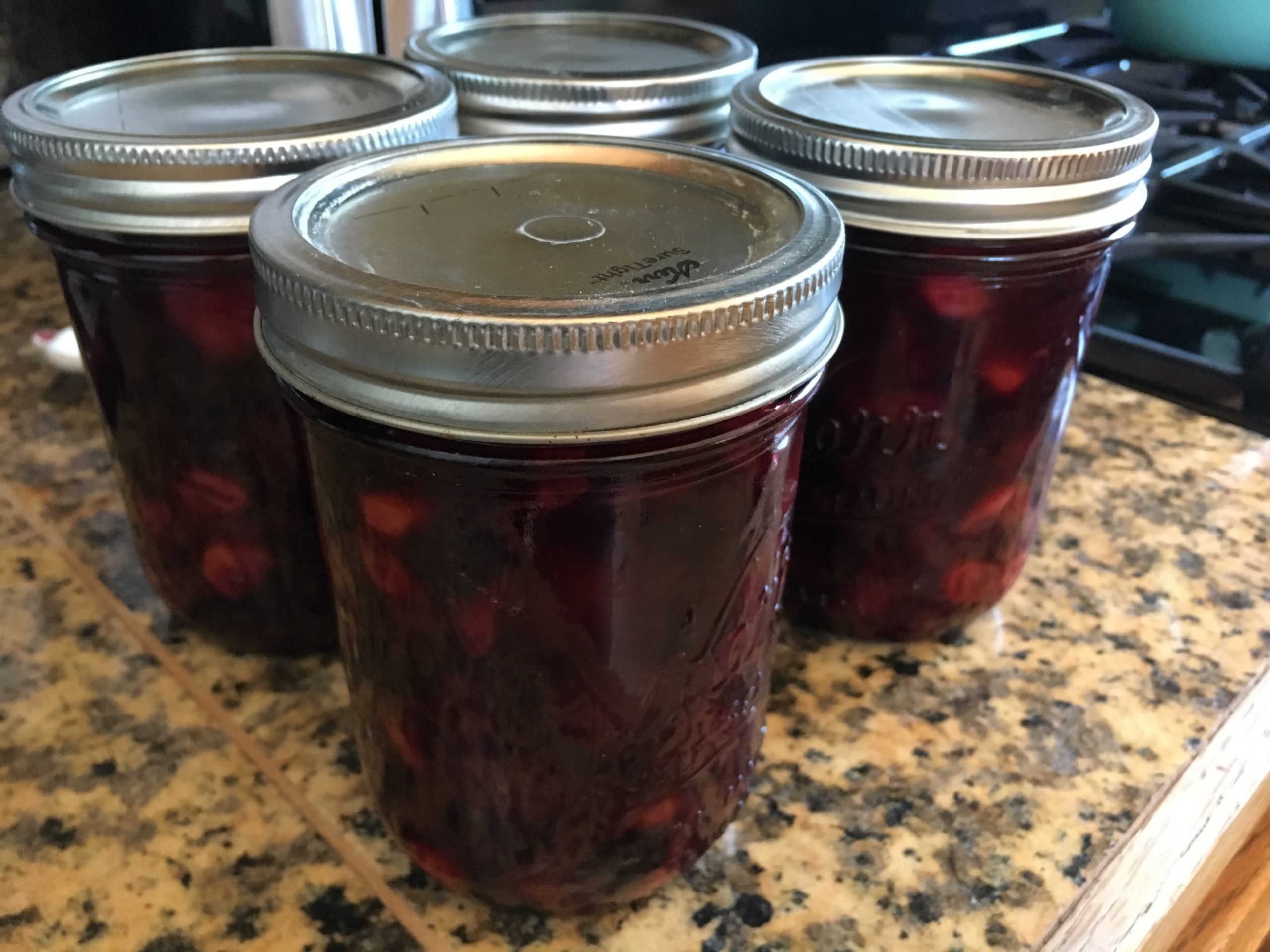Hold your Tomatoes, Folks; It’s Not Time to Plant Outside Yet! 🌱❄️
If you’re anything like me, the first warm breeze of Spring makes you itch to get your hands in the dirt. The snow melts, the sun peeks out, and for a moment, it feels like Mother Nature is giving you a green light. Spoiler alert: she’s not. She’s messing with you. Welcome to Colorado’s infamous false spring.

What Is a False Spring?
A false spring is that tricky period when warm temperatures arrive early, coaxing plants (and gardeners) out of hibernation; only for a late freeze or snowstorm to swoop in and cause damage. In Colorado, it’s not just a possibility; it’s basically tradition.
We can have 70+°F days in April and still get hit with a blizzard in May. I’ve seen lilacs blooming one day and encased in ice the next. I’ve also seen far too many eager gardeners lose entire crops of tomatoes, squash, and peppers because they planted during this sunny bait and switch.

So When Can I Plant Outside?
The golden rule of all gardening? Wait to plant outside until after your average last frost date. That applies everywhere, but in Colorado, it’s non-negotiable. Especially in the high mountain desert, dry winds, wild temperature swings, and random snowstorms are the norm. That could mean waiting to plant outside until much later than you might expect. In Colorado, for example:
- Lower elevations (Denver, Pueblo): around May 15
- Mountain towns (above 7,000 feet or so): usually June 1 or later
I know. It’s painful to wait. But trust me: planting too early isn’t just risky; it’s wasteful. Your starts might survive a frost with row covers, but they won’t thrive. Cold-stunted plants = lower yields and more heartbreak.
⬆️ Not sure of your frost date? Check your local zone here.

What Can You Do Instead?
You don’t have to sit on your hands. Here’s what I do during false spring:
- Prep your garden beds: Clear debris, test your soil, and add compost.
- Start seeds indoors: Especially for tomatoes, peppers, and brassicas. Read all about seed starting.
- Grow something small on a sunny windowsill: Herbs, microgreens, or even lettuce can thrive in a bit of sun and scratch the gardening itch. Learn more about planting your indoor garden here.
- Plan your garden: If you’re like me, you’ve already sketched it ten times. If not, here’s a printable planner I made that helps.
About Those Hoses & Sprinklers
Around here, plenty of home gardeners and ranchers are already watering during the day: sometimes we have to with our dry climate. While ranchers’ irrigation setups can usually handle a bit of freezing, your garden hose and outdoor spigot probably can’t. If you’re watering this time of year, make sure to unhook your hoses and sprinklers at night. A quick dip below freezing is all it takes to crack a faucet or split a hose. It’s one of those little habits that can save you a big headache when real spring finally sticks around.

Tools I Actually Use (and Love)
Living pretty far from the hardware store, I get a lot of my gardening gear on Amazon. Find a full list of my favorite gardening finds on Amazon (affiliate link):
PSA: Don’t Let the Internet Rush You Planting Too Soon
Every spring, the internet lights up with planting pics, lush gardens, and early harvests from warmer places. Don’t let it fool you into jumping the gun. Just because someone else is posting bean sprouts doesn’t mean it’s planting time here. Use this season to plan, prep, and get inspired. When the nature is ready, you’ll be more than ready to start humming along.

Don’t be Fooled by Some Beautiful Spring Weather
If you’re gardening in Colorado, the best thing you can grow in early spring is patience (and maybe some spinach). False spring is beautiful but brutal. So take a breath, sip your coffee, and wait it out.
Then, when the real spring arrives? You’ll be ready; and your plants will thank you.

Related Posts You’ll Love
🪴 Growing an Indoor Herb Garden
🌱 Planning to Garden This Year? Start Here!
🌿 Building Your Backyard Garden from Scratch
🥕 Harvesting Carrots: When and How to Pick Your Crop
🌱 Starting Seedlings: A New Year’s Guide
Stay Grounded
Love gardening and cozy living? Sign up for my newsletter to get free guides, seasonal tips, and updates straight to your inbox. 💌



































